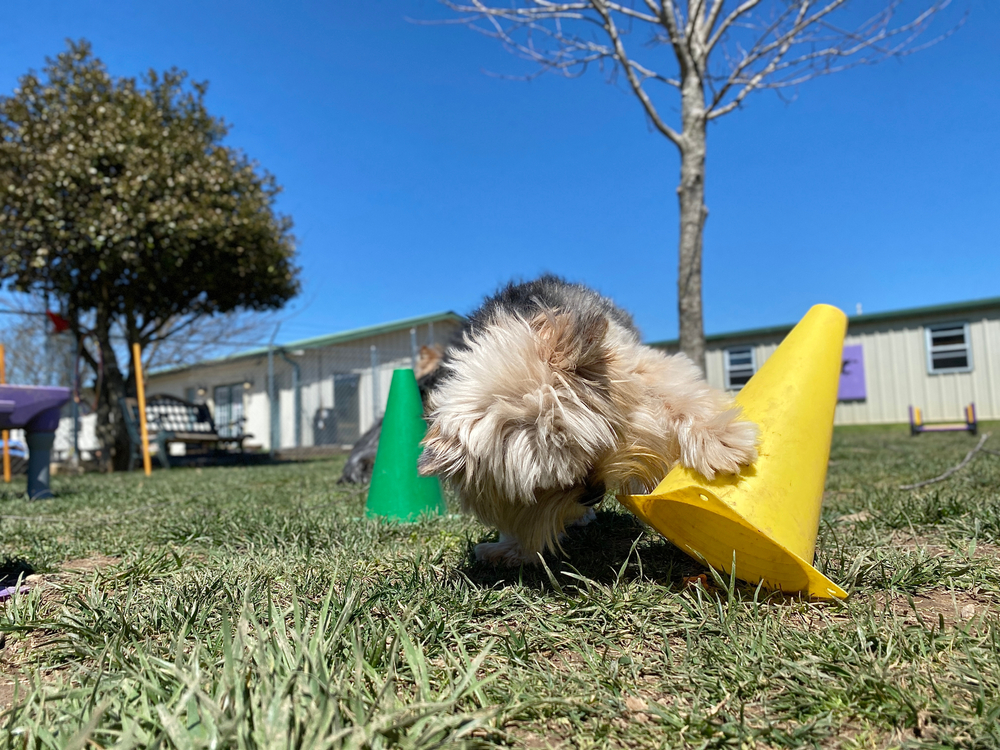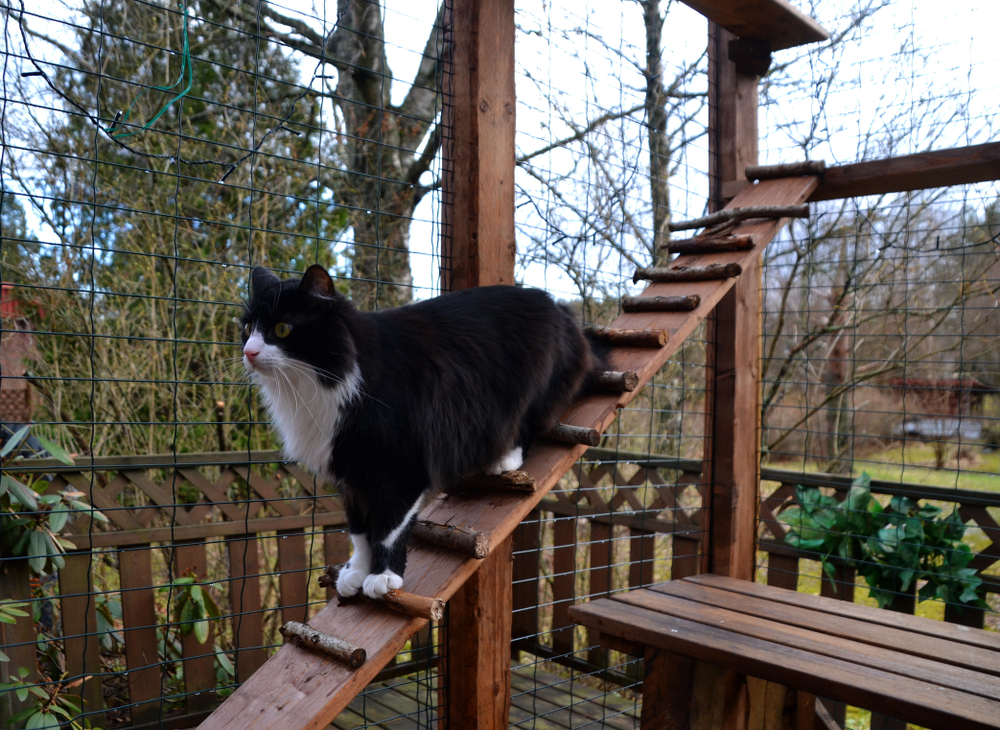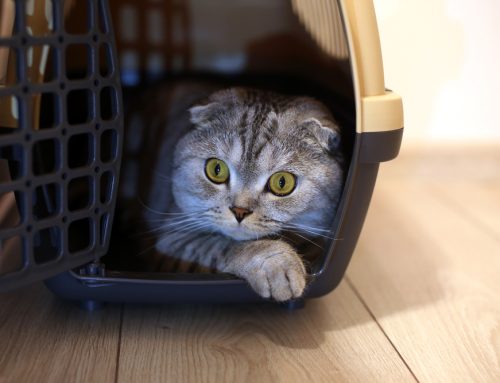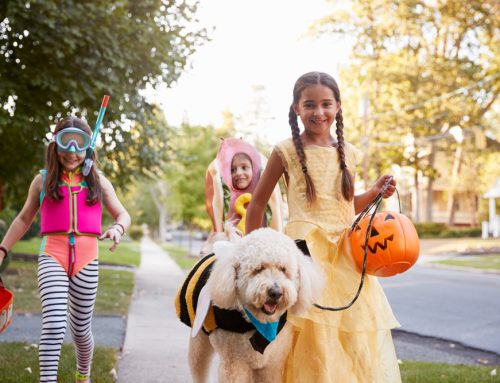You would get bored if your day involved sitting at home for hours on end, with only the occasional quick walk outside. Your pet is no different. They need physical and mental stimulation to keep them cognitively engaged. Pets who receive enrichment tend to be less stressed, better behaved, and at lower risk for developing cognitive dysfunction in their geriatric years. Use these tips from our team at Cary Street Veterinary Hospital to help enrich your pet’s life.
#1: Clicker train your pet
Clicker training uses positive reinforcement to reward your pet for good behavior. Clicker training is most commonly used for dogs, but cats are teachable, too. Training stimulates your pet’s brain, and gives them a job. The clicker is used to mark the moment and let your pet know the behavior being rewarded, and should be immediately followed by a treat. Clicker training boosts your communication, builds your bond, and makes training fun.
#2: Build an agility course for your pet
You can set up a simple agility course in your family room using household items, such as broomsticks, pillow cushions, and plastic cups, or you can get more elaborate, and move the operation to your yard. Have your pet maneuver through obstacles and jump over hurdles, to find their way through the course. Start with an easy course, and lead your pet through the route, so they understand what is expected. You can gradually increase the course difficulty once they can easily complete a simple round.
#3: Build a dig pit for your dog
If your dog is a digger, this behavior can be problematic if they target your flower beds and manicured lawn. Building them a dig pit can remedy the situation. Steps include:
- Finding the right container — Use dirt or sand to fill a kiddie pool or sand pit container. You can also designate a particular area in your yard as your dog’s dig pit, if you would rather not buy a special container.
- Burying treasures — Bury treats and toys in your dog’s dig pit, to entice them to dig and find treasure.
- Redirecting your dog — If you catch your dog digging in off-limits areas, redirect them to their dig pit, and block their access to the off-limits areas until they are accustomed to using their dig pit.
#4: Teach your cat to walk on a leash
Cats can be taught to walk on a leash, so they can safely investigate the outdoors. Steps to accomplish this include:
- Choosing an appropriate harness — When walking your cat on a leash, find a well-fitted, light-weight harness.
- Choosing an appropriate leash — Lightweight leashes four to six feet in length are ideal for leash training cats.
- Allowing your cat to become accustomed to the harness — Let your cat wear the harness inside for short periods, and gradually increase their time in the harness to a few days, to a week.
- Allowing your cat to become accustomed to the leash — Once your cat is comfortable wearing the harness, attach the leash, and let them drag it around the house.
- Teaching your cat to follow your lead — Start by holding the leash and following where they go, and then use treats to entice them to go where you would like. Once they seem comfortable doing this inside, you can take them outside, to enjoy a nice nature stroll.
#5: Make your pet’s meal interesting
Feeding your pet in challenging ways makes meal times more exciting, and prevents your pet from gulping down their food. Ideas include:
- Food puzzle toys — These toys make your pet use their brain to access their food. Several commercial products are available.
- Muffin tin — Put your pet’s meal in the cups of a muffin tin. Cover the food using tennis balls or fluffy toys, and let your pet use their nose to search out their food under the toys.
- Scavenger hunt — Hide your pet’s meal in different areas around your home, and make them search for their food.
- Reach box — Put your pet’s meal in a box with holes cut in the top, and let them determine how to get the food in their belly.
#6: Play games with your pet

Playing games is a great way to spend time with your pet in a fun and engaging way. Games to try include:
- Hide and seek — Your pet will need to use their nose to find you. Initially, make your hiding places easy, and gradually increase the difficulty level as your pet gets accustomed to the game. Celebrate with praise and treats when they find you.
- Pick a hand — Put a smelly treat in one hand, and present your pet with your closed fists, letting them pick which one is holding the treat.
- Cup game — Assemble three cups, and put a treat under one. Allow your pet to pick the one with the treat. Increase the difficulty by moving the cups around, before letting your pet choose the cup.
These activities will help enrich your pet’s life, and provide many wonderful bonding opportunities. However, if your pet continues to exhibit stress despite the enrichment, contact our Fear Free team at Cary Street Veterinary Hospital, and let us help relieve their anxiety.








Leave A Comment